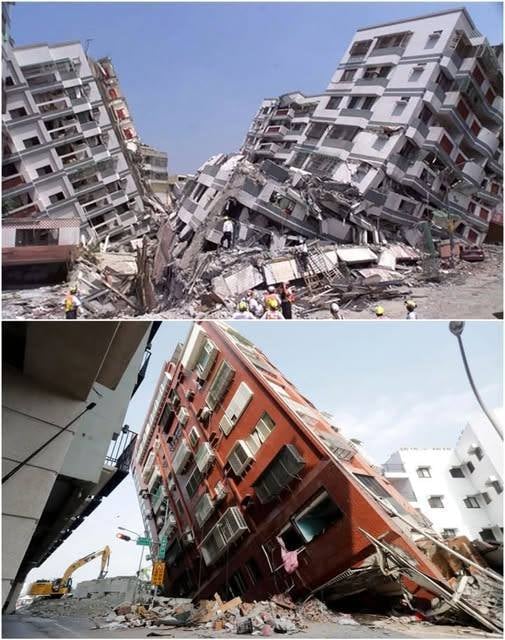Late on Wednesday evening, a massive 8.2-magnitude earthquake struck beneath the waters off the Alaska Peninsula, just east-southeast of Perryville. Around 10:15 p.m. local time on July 28, 2021 (06:15 UTC on July 29), the quake’s epicenter was recorded at a depth of approximately 32 kilometers.
The tremor occurred in a region known for intense seismic activity — along the subduction boundary where the Pacific Plate slides beneath the North American Plate — part of the infamous “Ring of Fire.” Though the earthquake was powerful, its offshore location in a sparsely populated coastal area helped limit damage and casualties.
Moments after the main shock, tsunami warnings were issued for much of coastal Alaska and nearby waters, including Kodiak Island and the Aleutian passages. Sirens wailed across several towns, and alert systems activated as state emergency agencies went into full operation. Alaska’s Governor confirmed that the state’s Emergency Operations Center had been activated.
The U.S. Geological Survey and other monitoring agencies detected numerous aftershocks, with several registering above magnitude 6.0. Scientists stressed that such aftershock sequences are common after an 8.0+ event and can continue for weeks or even months.
Residents throughout southern Alaska and the Peninsula reported feeling the quake. In more populated areas like Anchorage, the shaking was described as light to moderate. Some structures developed small cracks or shifted slightly, but no catastrophic damage was reported.
Despite the quake’s size and potential for a tsunami, the actual impact on the ocean was relatively minor. Coastal gauges and monitoring buoys showed only small changes in sea level — often less than one meter — and no major destructive waves were recorded. Experts credited the quake’s depth and offshore rupture for preventing large-scale coastal flooding.
As data confirmed minimal tsunami risk, officials downgraded warnings to advisories. Nevertheless, emergency protocols were temporarily enforced in several towns as a precaution. Evacuation routes were used briefly, and coastal residents were urged to stay clear of beaches.
Historically, this same seismic zone has produced large earthquakes — including a comparable one in 1938 — and experts say that such events are inevitable given the ongoing buildup of tectonic stress. The July 2021 quake was the largest recorded in the United States in more than 50 years.
In its aftermath, geologists and emergency planners stressed that the event was a crucial reminder of how even remote areas must remain vigilant. Communities along Alaska’s southern coast began renewing earthquake drills, updating tsunami-readiness plans, and reassessing critical infrastructure.
The response was swift: roads were inspected for cracks, communication systems were checked, and coastal residents were instructed to avoid low-lying areas until authorities issued the all-clear. The USGS and Alaska Earthquake Center continued to release updates on aftershocks as monitoring teams remained on alert.
For ordinary Alaskans, the quake was a sobering experience — a vivid reminder of how life can change in an instant. Many described hearing windows rattle, seeing ceiling panels tremble, and feeling the ground sway beneath their feet. In smaller coastal settlements, older residents compared it to the catastrophic 1964 magnitude 9.2 earthquake, though the damage this time was far less severe.
From a policy standpoint, the event put Alaska’s emergency preparedness systems to the test. The coordination between state and federal agencies, activation of emergency centers, and rapid dissemination of public warnings all proved essential. The quake reaffirmed the value of tsunami-warning systems, interagency communication, and regular public evacuation drills — critical in a region where offshore quakes can trigger waves within minutes.
Although the quake did not cause widespread destruction or loss of life, its sheer magnitude and geological context make it one of North America’s most significant seismic events in decades. It also serves as a stark reminder of the risks posed by subduction zones — even when the immediate damage appears limited. As one seismologist put it, “Just because this one spared us doesn’t mean the next one will.”
In the days that followed, the number of aftershocks gradually decreased, though seismic activity remained above normal. Minor non-structural damage was reported in some buildings — cracked walls, loosened shelves, shifted furniture — but there was no need for large-scale evacuations. Schools and businesses soon reopened, though many residents remained uneasy as the memory of the quake lingered.
Economic disruption was minimal; no major infrastructure failures occurred. Still, experts warn that even offshore quakes can cause far-reaching effects if they happen closer to populated zones. The rapid downgrade from tsunami warning to advisory was reassuring but also a reminder that future events might not be so forgiving.
Looking ahead, geologists plan to analyze this quake’s data in detail — mapping the rupture zone, studying fault movements, and comparing it with other megathrust events along the Aleutian-Alaska arc. The findings will help improve global understanding of large subduction earthquakes and tsunami generation.
For coastal Alaskans, the key takeaway is simple: always be prepared. Keep an emergency kit ready, know your evacuation route, stay registered for alerts, and practice moving to higher ground. Though this quake caused limited harm, it proved once again that even the most remote places are not beyond the reach of nature’s power.
As the days passed and calm returned to the Alaska Peninsula, the ground seemed quiet again — but beneath the icy seas and glaciated peaks, the tectonic forces continued their slow grind. The earth will shift again, and when it does, Alaska will once more be reminded of the restless world beneath its feet.
